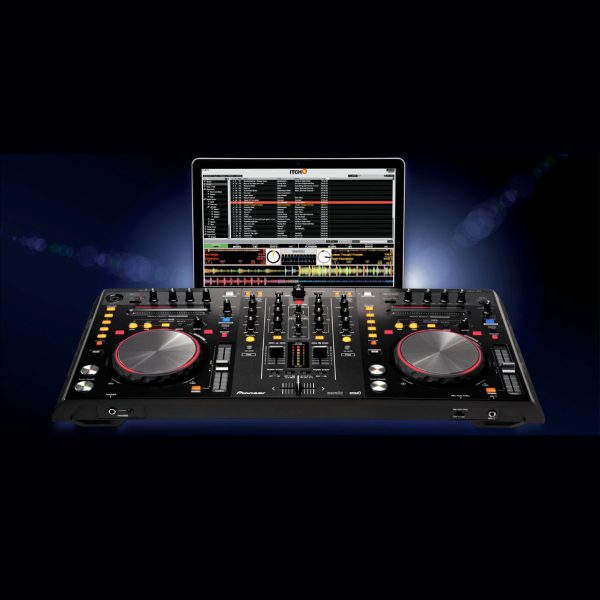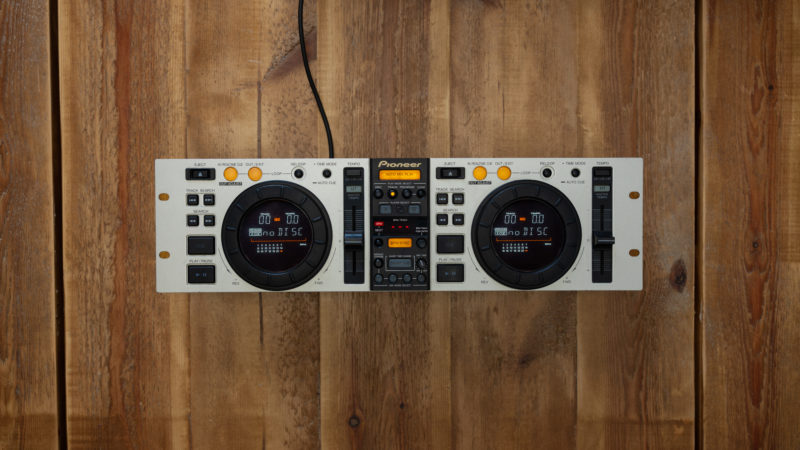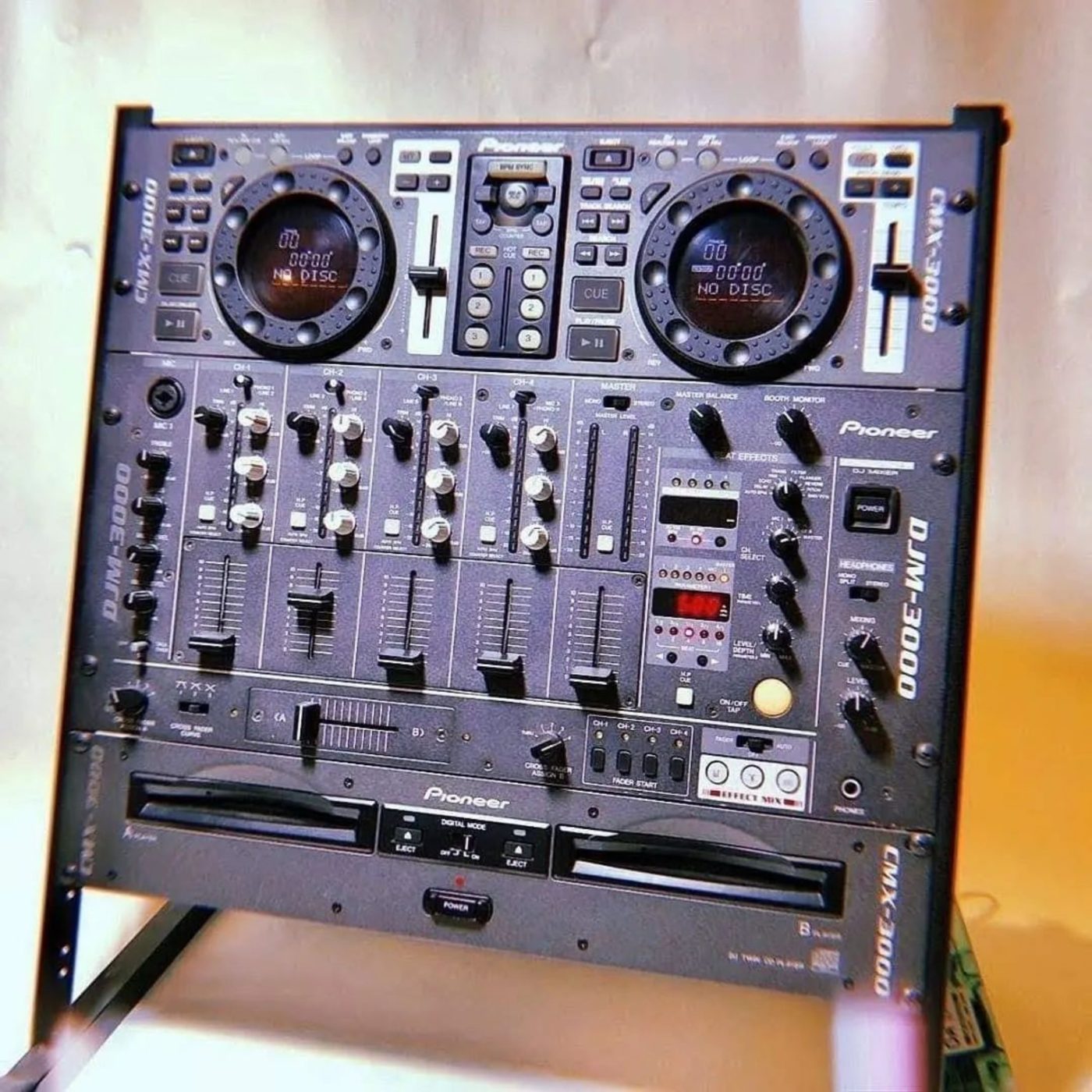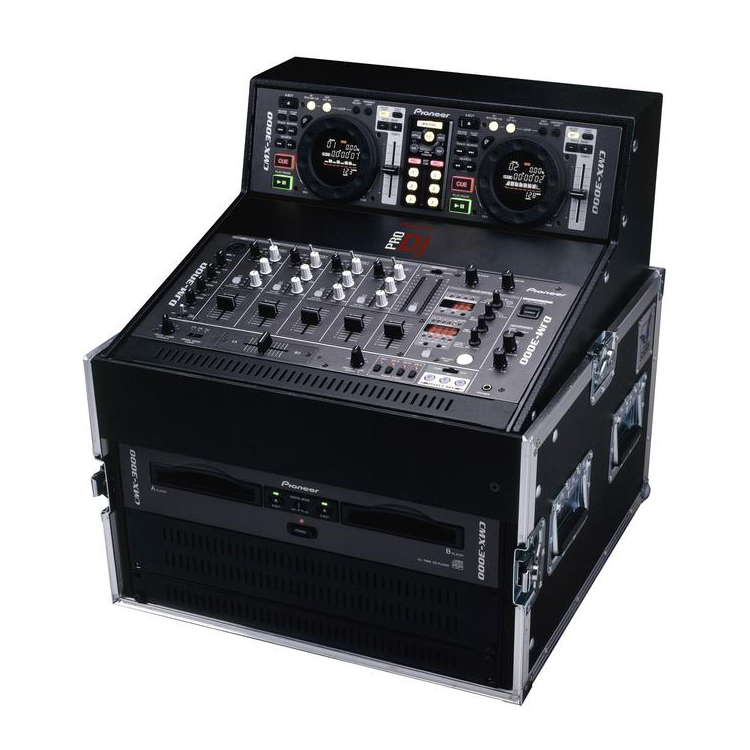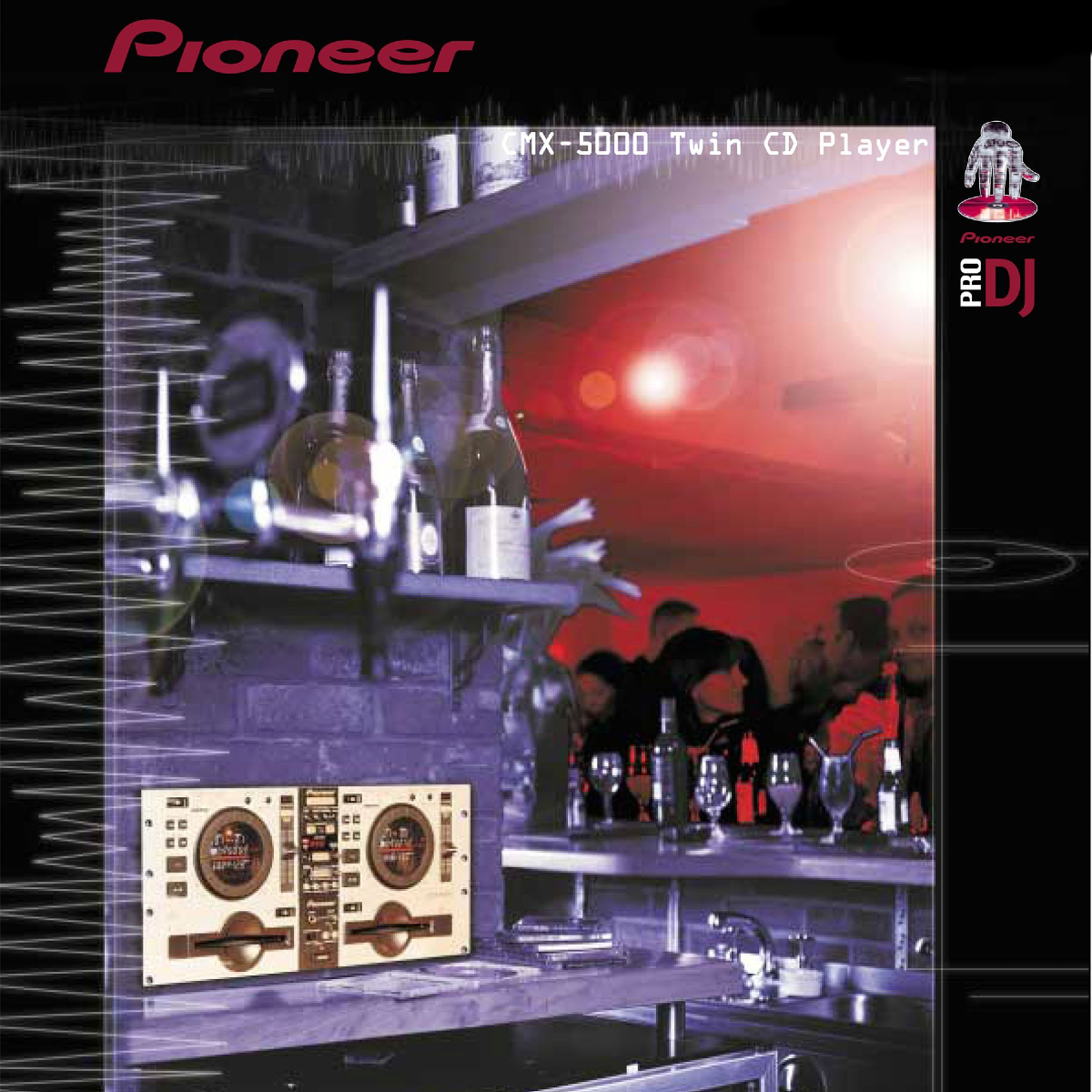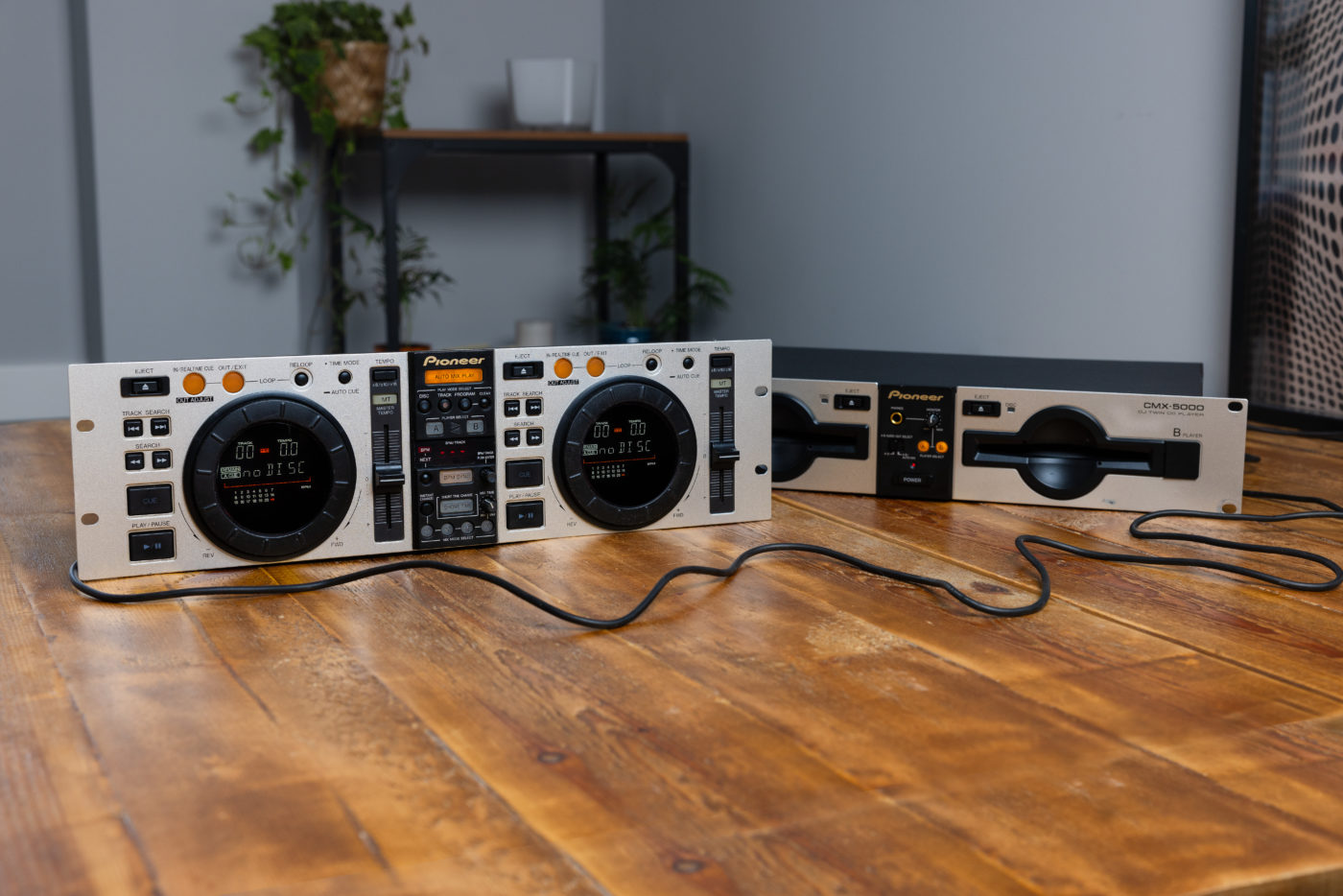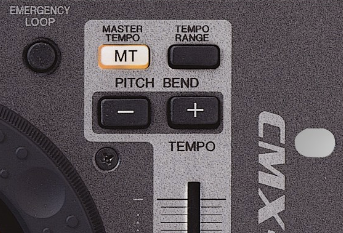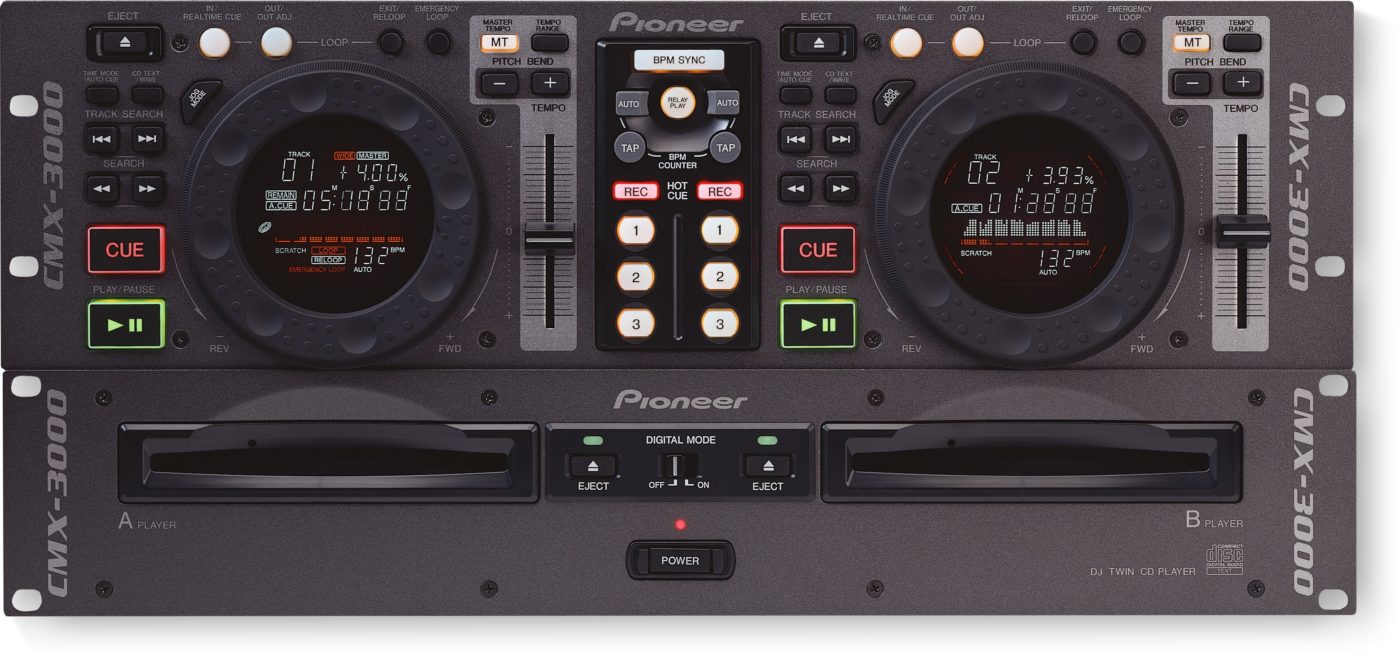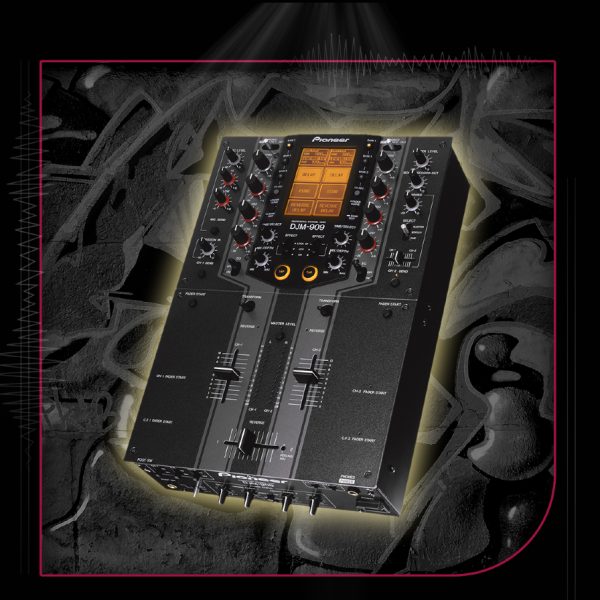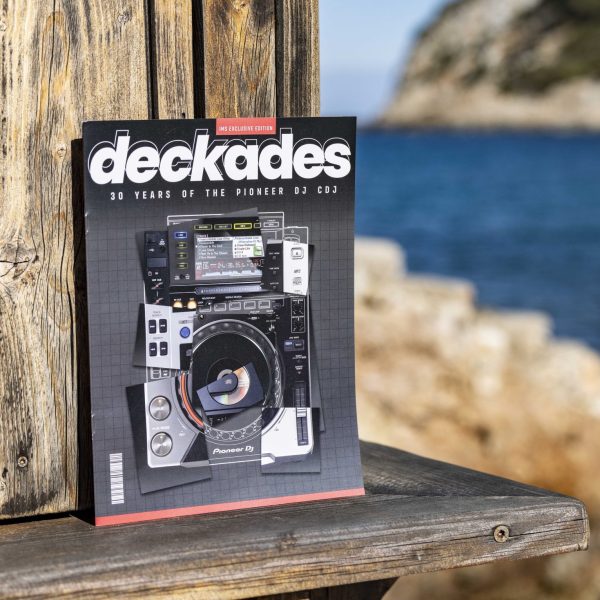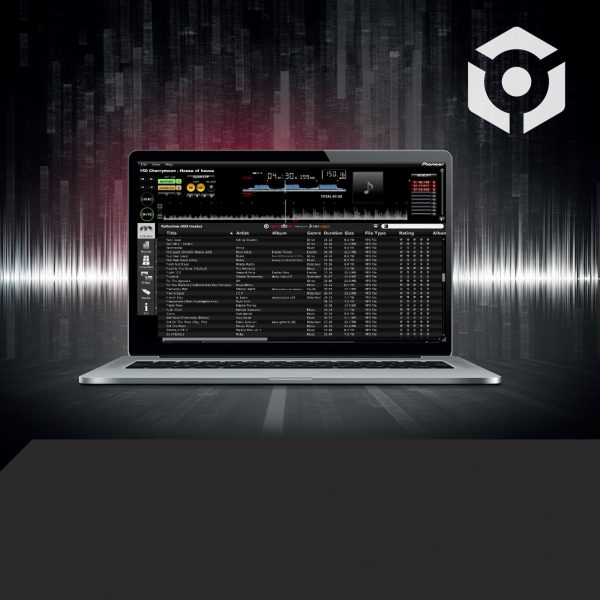It’s clear that the technical and operational concerns of DJs were much different back then, and the CMX-5000 had features that looked to address them. CDs were said to load three seconds faster than with other players on the market, allowing DJs to get their tracks cued up more quickly. The CMX-5000 was compatible with CD-R and CDR-W, formats that were rewritable, like USB. DJ Hot Toddy, who presented the promotional video, also demonstrated how, with eight seconds of memory buffer, “There’s no way you can skip this unit.” He banged on the thing to underline his point. DJs back then needed to be convinced that the vibrations of loud music wouldn’t skip their discs; due to the use of anti-skip technology lifted from Pioneer’s car stereo department, the line of DJ CD players were especially robust in this respect.
“I was a vinyl DJ and as technology progressed I was delighted when we were able to use the CD format,” said Al Mayfield, a London-based DJ who’s been gigging since the 1970s. “The initial switch from vinyl was to a twin CD machine that had drawers you placed the CD in and was fed back into the machine. Problem was, I would constantly bang the drawer or anyone passing in the DJ box would, and they would never be right again. The machine wouldn’t read all CDRs and tended to jump. And then along came the CMX-5000. It was quite revolutionary, these machines took out all of those challenges in one sweep, and were a joy to work on.”
By the 1990s, CDs were the dominant format in mainstream music, which made it natural that DJ gear manufacturers would respond. Although designed with broadcasters in mind, in 1986 Technics released the SL-P1200, a chunky unit with pitch controls designed as a counterpart to its industry standard turntable, the SL-1200. In 1990, Numark rolled out the first dual CD player, the CD5020, which hit on the idea of separating the control panel from the loading trays into two separate units. (It also made an attempt at a track sync button.) But the CD5020 had issues with stability, which left the door open for Denon’s DN-2000F, the first dual CD player with pitch bend, which made it the first industry standard in this class of products.
“For the underground club DJ, all they had to take to a gig was their record box and a pair of headphones as the club already had a pair of turntables and a mixer permanently installed,” Martin said. “Whereas the mobile DJ had to take everything from gig to gig—turntables, lights, amps, speakers etc. So for them, playing commercial tracks all readily available on CD lightened the load vs vinyl—as did a convenient dual CD player that fitted neatly into a 19-inch rackmount flight case along with a 19-inch rackmount mixer and amp.
“The early dual CD players were pretty basic as far as features were concerned. Some of them not even offering pitch bend or pitch fader options, but again, this didn’t matter too much to the mobile DJ as most of them weren’t beat matching as the styles and tempos of music they were playing were too varied anyway. So although these were important features for the club DJ, they weren’t really missed by the wedding DJ fraternity.”
